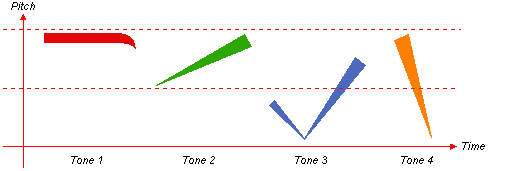文 字 wén zì character / script / writing / written language / writing style / phraseology / CL:個|个[ge4] 剧 本 jù běn script / screenplay / scenario / libretto 脚 本 jiǎo běn script / screenplay / scenario / libretto / (computing) script 稿 子 gǎo zi draft of a document / script / manuscript / mental plan / precedent 手 稿 shǒu gǎo manuscript / script 脚 本 语 言 jiǎo běn yǔ yán script 台 本 tái běn script (of a play, movie, or television program) 文 本 wén běn a text (article, script, contract etc) / version of a text (copy, translation, abridged version etc) / (computing) text 戏 剧 xì jù a drama / a play / theater / script of a play 华 文 Huá wén Chinese language / Chinese script 甲 骨 文 jiǎ gǔ wén oracle script / oracle bone inscriptions (an early form of Chinese script) 隶 书 lì shū clerical script / official script (Chinese calligraphic style) 楷 体 kǎi tǐ regular script (Chinese calligraphic style) 行 书 xíng shū running script / semicursive script (Chinese calligraphic style) 草 书 cǎo shū grass script / cursive script (Chinese calligraphic style) 楷 书 kǎi shū regular script (Chinese calligraphic style) 交 卷 jiāo juàn to hand in one's examination script 藏 文 Zàng wén Tibetan script / Tibetan written language / Tibetan language 篆 书 zhuàn shū seal script (Chinese calligraphic style) 行 草 xíng cǎo semicursive script 正 字 zhèng zì to correct an erroneously written character / regular script (calligraphy) / standard form (of a character or spelling) 释 文 shì wén interpreting words / to explain the meaning of words in classic texts / to decipher an old script 正 楷 zhēng kǎi regular script (sim. to block capitals) 正 楷 zhèng kǎi regular script (Chinese calligraphic style) 真 书 zhēn shū regular script (Chinese calligraphic style) 隶 (bound form) a person in servitude / low-ranking subordinate / (bound form) to be subordinate to / (bound form) clerical script (the style of characters intermediate between ancient seal and modern regular characters) 楷 model / pattern / regular script (calligraphic style) 篆 seal (of office) / seal script (a calligraphic style) / the small seal 小篆 / and great seal 大篆 / writing in seal script 籀 (literary) seal script used throughout the pre-Han period / to recite / to read (aloud) 威 利 Wēi lì Wylie (name) / Turrell Wylie, originator of the Wylie transcription of Tibetan script 叙 利 亚 文 Xù lì yà wén Syriac language (from c. 2nd century BC) / the Syriac script 张 旭 Zhāng Xù Zhang Xu (probably early 8th century), Tang dynasty poet and calligrapher, most famous for his grass script 草書|草书 史 籀 篇 Shǐ zhòu piān Shizhoupian, early school primer in great seal script 大篆[da4 zhuan4], attributed to King Xuan of Zhou 周宣王[Zhou1 Xuan1 wang2] but probably dating from c. 500 BC 吞 米 桑 布 札 Tūn mǐ Sāng bù zhá Tunmi Sanghuzha (6th century AD), originator of the Tibetan script 国 字 guó zì Chinese character (Hanzi) / the native script used to write a nation's language 楷 字 kǎi zì regular script (Chinese calligraphic style) 死 文 字 sǐ wén zì dead language / indecipherable script 甲 骨 文 字 jiǎ gǔ wén zì oracle script / oracle bone character (an early form of Chinese script) 秦 篆 Qín zhuàn seal script as unified by the Qin dynasty / the small seal 小篆 / and great seal 大篆 籀 文 zhòu wén seal script used throughout the pre-Han period 籀 书 zhòu shū seal script used throughout the pre-Han period 锺 繇 Zhōng Yáo Zhong Yao (151-230), minister of Cao Wei 曹魏 / and noted calligrapher, said to have developed the regular script 楷书 钟 鼎 文 zhōng dǐng wén bell-cauldron script / the 籀文 / form of Chinese character used in metal inscriptions 院 本 yuàn běn script for opera (esp. in Yuan times) 音 节 体 yīn jié tǐ syllabic script 鸟 虫 书 niǎo chóng shū bird writing, a calligraphic style based on seal script 篆書|篆书[zhuan4 shu1], but with characters decorated as birds and insects 钟 繇 Zhōng Yáo Zhong Yao (151-230), minister of Cao Wei 曹魏[Cao2 Wei4] and noted calligrapher, said to have developed the regular script 楷書|楷书[kai3 shu1] 双 向 文 字 shuāng xiàng wén zì bidirectional script 正 书 zhèng shū regular script (Chinese calligraphic style)










































 lì
lì

 kǎi
kǎi

 zhuàn
zhuàn

 zhòu
zhòu






























